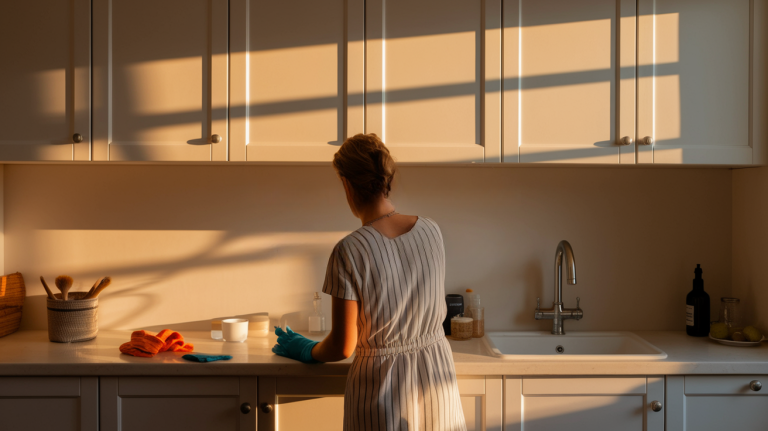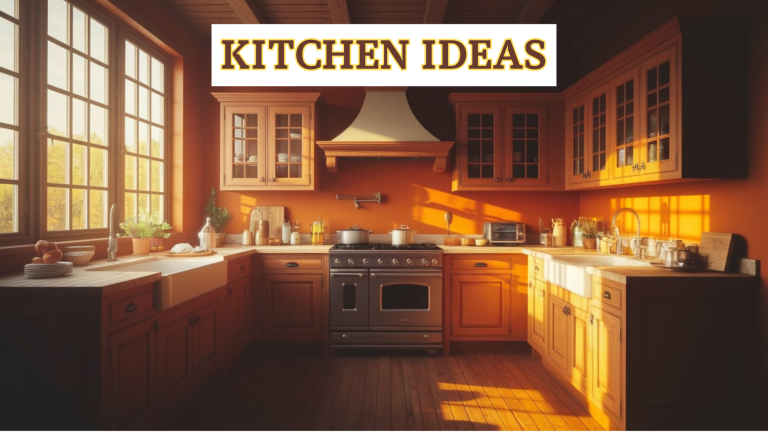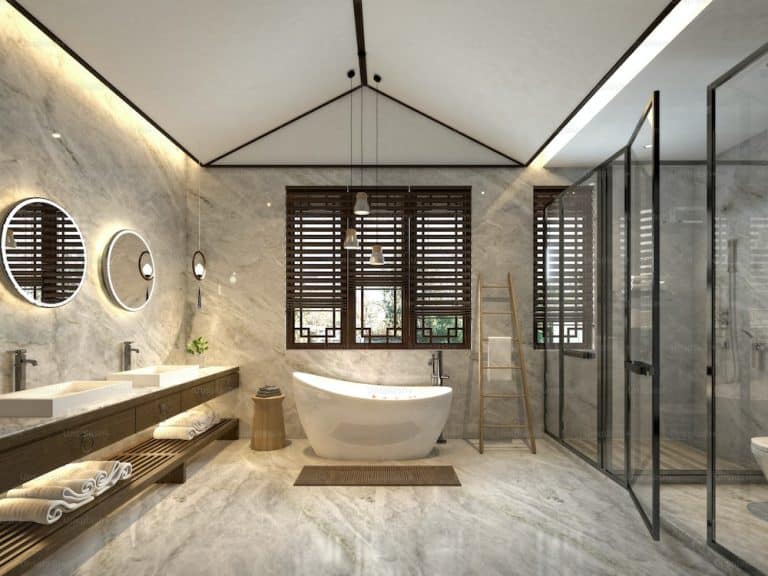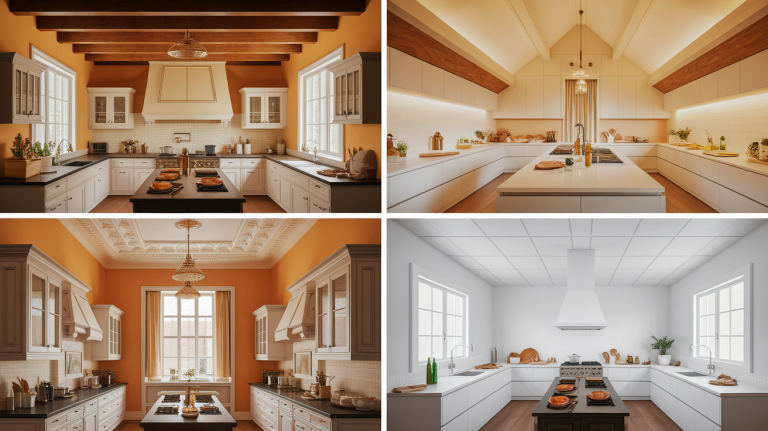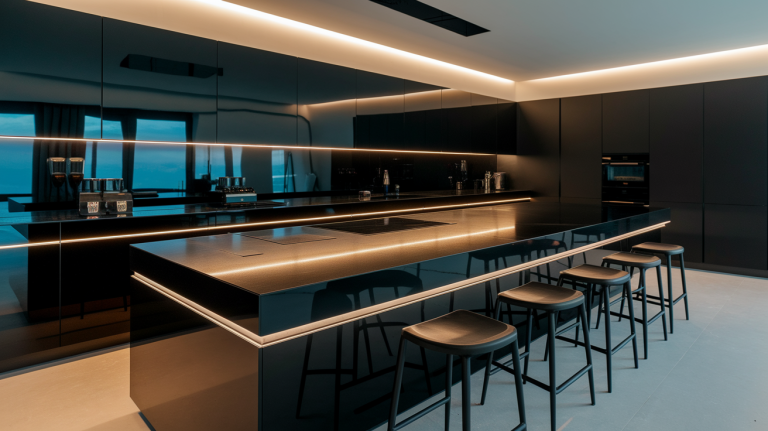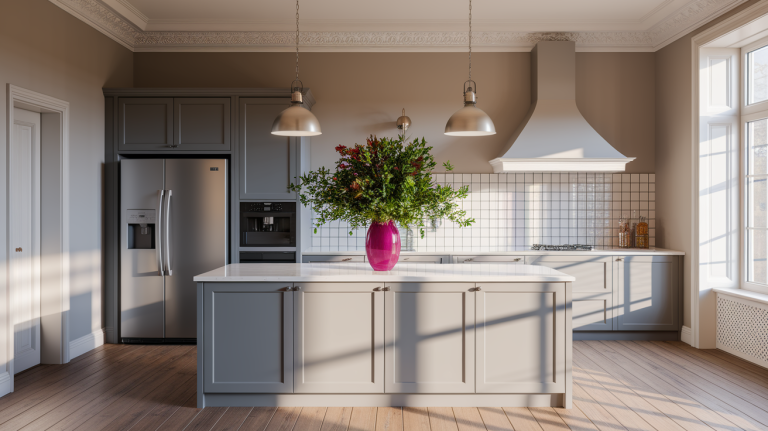Melamine Vs Laminate Cabinets: Which One is Better
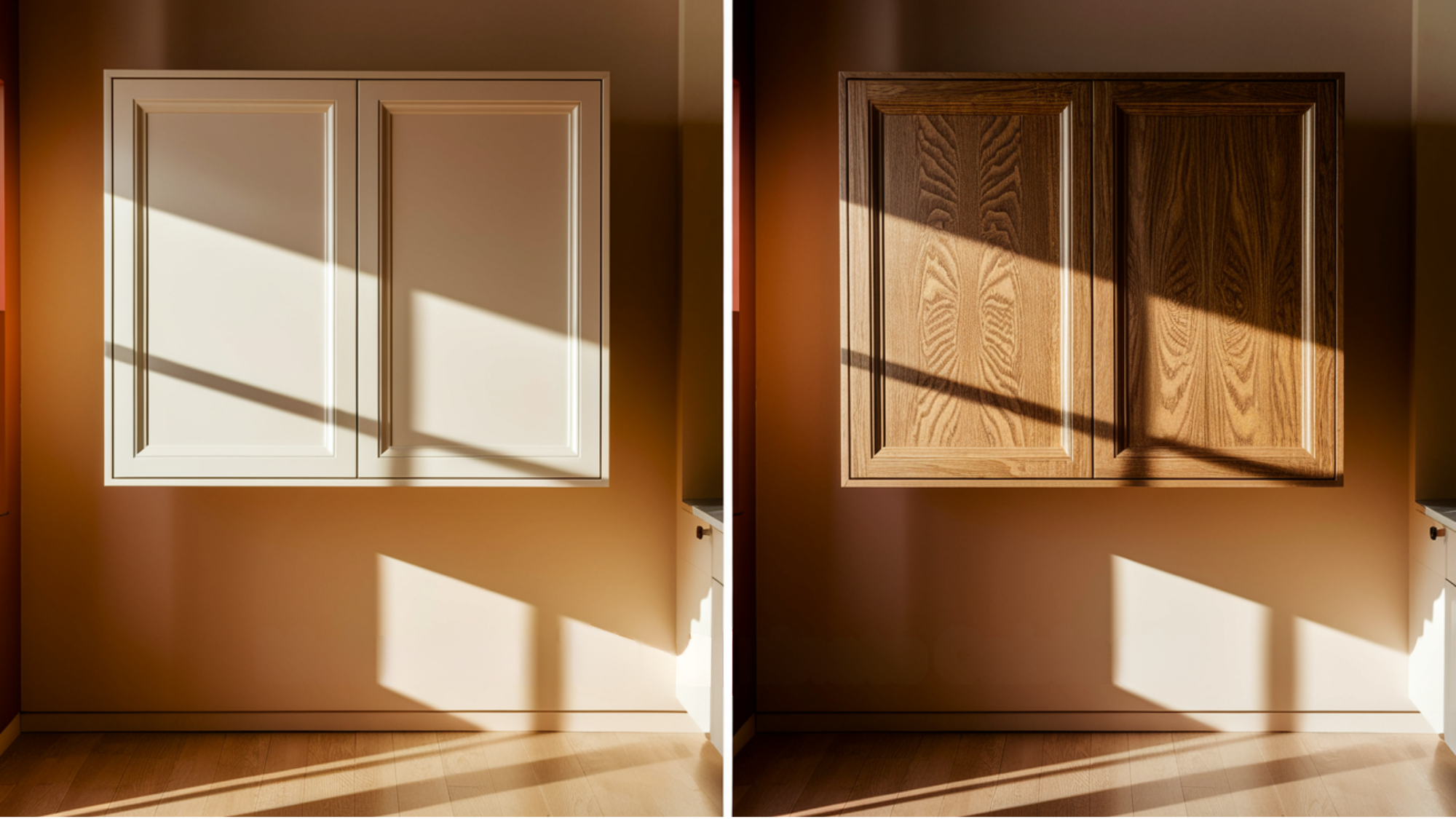
Feeling overwhelmed by cabinet choices during your kitchen renovation? You’re not alone!
When it comes to affordable options, melamine and laminate cabinets often look alike—but they’re not the same. Their durability, moisture resistance, and construction can make a big difference in how they perform over time.
In this blog, we’ll break down the key differences between melamine vs laminate cabinets to help you choose the right one for your kitchen needs, style, and budget. Let’s make your decision easier and your renovation smoother!
What are Melamine Cabinets
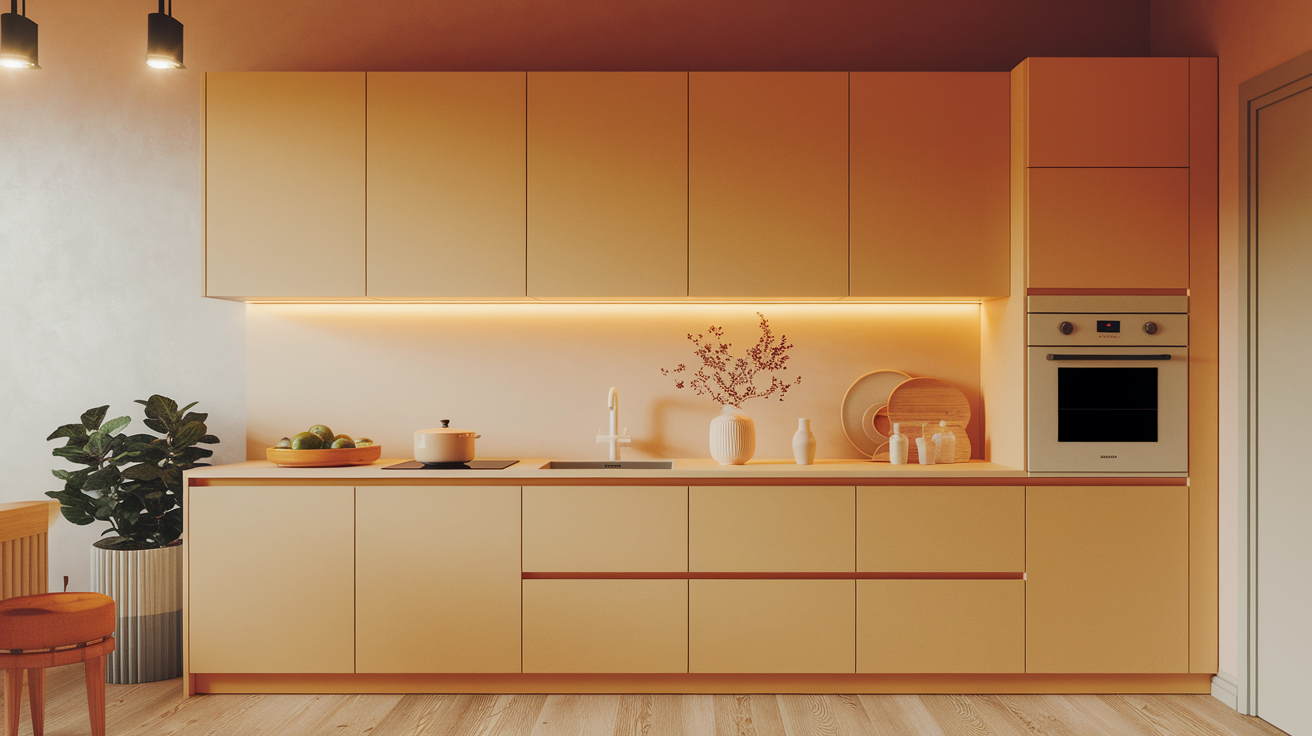
Melamine cabinets feature a particleboard or MDF core covered with melamine resin—a thermally fused laminate directly bonded to the substrate under heat and pressure.
This synthetic coating creates a non-porous, consistent surface available in solid colors, wood grain patterns, and various textures. Popular in contemporary designs, melamine offers a clean look and reasonable durability at an affordable price point.
While less moisture-resistant than some alternatives, properly constructed melamine cabinets perform well in standard kitchen environments while providing significant cost savings compared to solid wood cabinetry.
Pros and Cons of Melamine Cabinets
| Pros | Cons |
|---|---|
|
Budget-friendly for larger projects |
Less moisture-resistant; can swell if water penetrates |
|
Uniform, modern aesthetic |
A thin surface can chip easily at corners and edges |
|
Scratch-resistant and durable |
Fewer design options than laminate |
|
Non-porous and easy to clean |
Harder to repair if damaged |
|
Lightweight and easy to install |
Lower resale value than other materials |
|
UV-resistant and maintains color consistency |
Visible seams on larger cabinet faces |
What are Laminate Cabinets
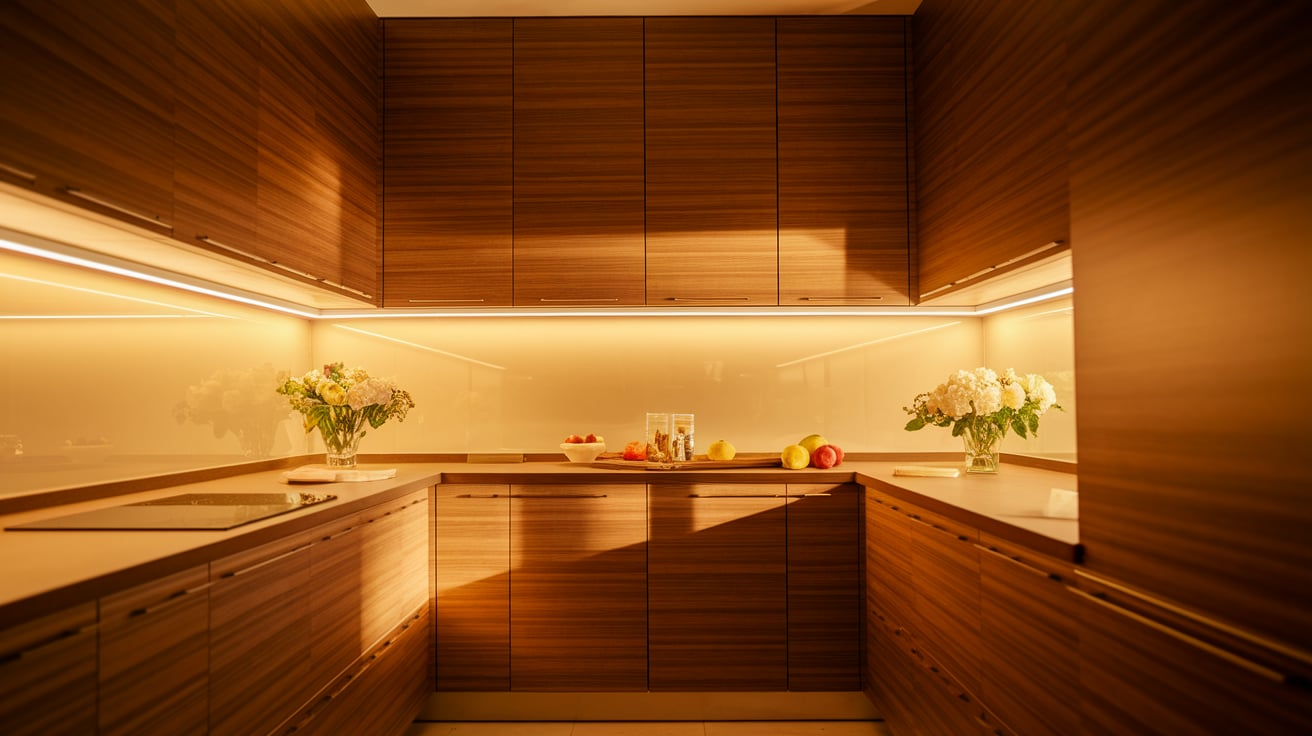
Laminate cabinets feature a particleboard or MDF core covered with high-pressure laminate (HPL)—multiple layers of resin-soaked kraft paper with a decorative layer and protective overlay, bonded under heat and pressure.
Unlike melamine, laminate is manufactured separately and applied to the substrate with adhesives. This multi-layer construction creates a thicker, more durable, and more moisture-resistant surface with greater design versatility.
Available in numerous colors, patterns, and finishes, including realistic wood grains and stone looks, laminate cabinets offer superior resistance to scratching, impact, and moisture.
Though slightly pricier than melamine, they provide better long-term performance.
Pros and Cons of Laminate Cabinets
| Pros | Cons |
|---|---|
|
Superior moisture resistance (ideal for bathrooms & kitchens) |
15-25% more expensive than melamine |
|
More durable and longer lifespan than melamine |
Heavier, requiring stronger hardware and support |
|
Variety of colors, patterns, and finishes |
Can be damaged by excessive heat exposure |
|
Better resistance to heat and chemicals |
May delaminate if moisture penetrates seams |
|
Thicker construction for better soundproofing |
Difficult to repair; often needs full replacement |
| Higher perceived value for home resale | Lower value compared to solid wood or high-end materials |
Uses of Melamine and Laminate Cabinets
Melamine and laminate are two popular materials for cabinetry, offering distinct advantages for different spaces. Understanding their ideal uses can help you make the best choice for your home or project.
Melamine Cabinets Uses
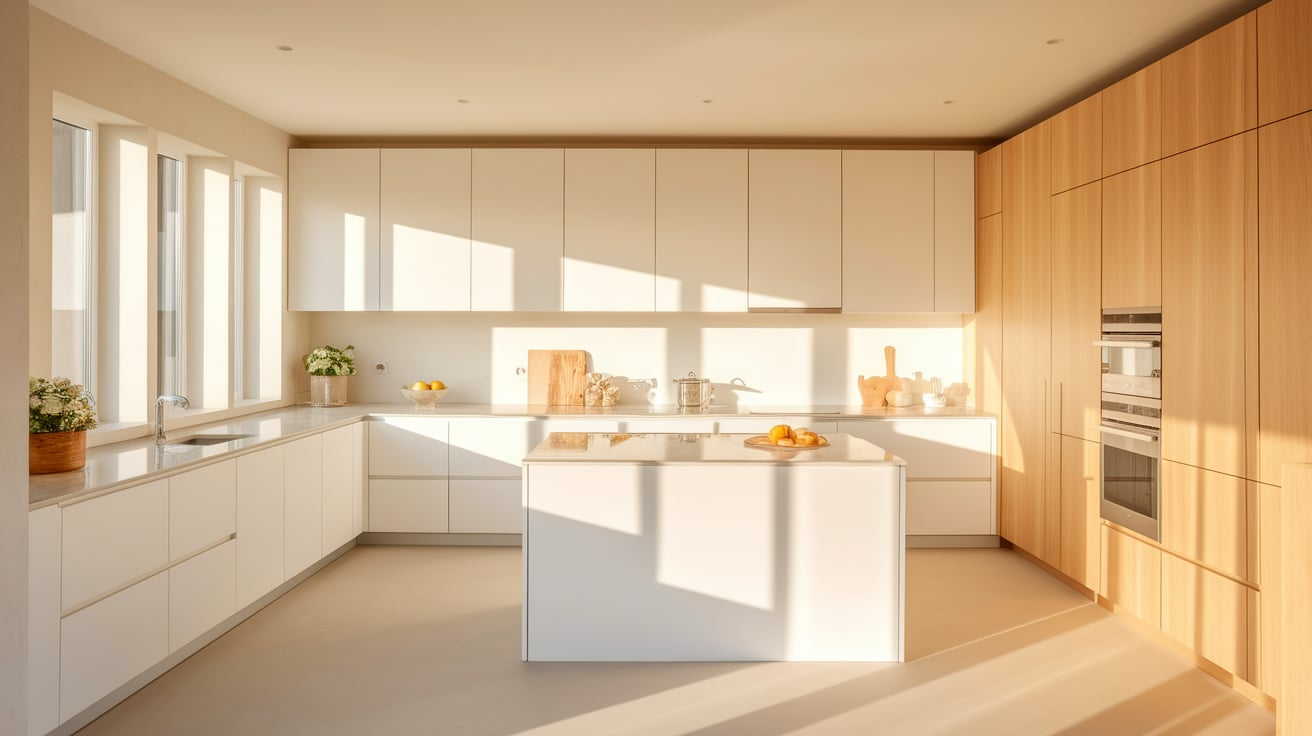
Melamine is perfect for budget-friendly, low-maintenance storage solutions in areas like kitchens, bathrooms, and laundry rooms.
It’s ideal for contemporary, minimalist designs and works well in spaces where style and functionality are equally important. The wide range of finishes, from wood grain to solid colors, makes it versatile for modern interiors.
It’s also a great choice for furniture and shelving in home offices or bedrooms due to its clean look and ease of cleaning.
Laminate Cabinets Uses
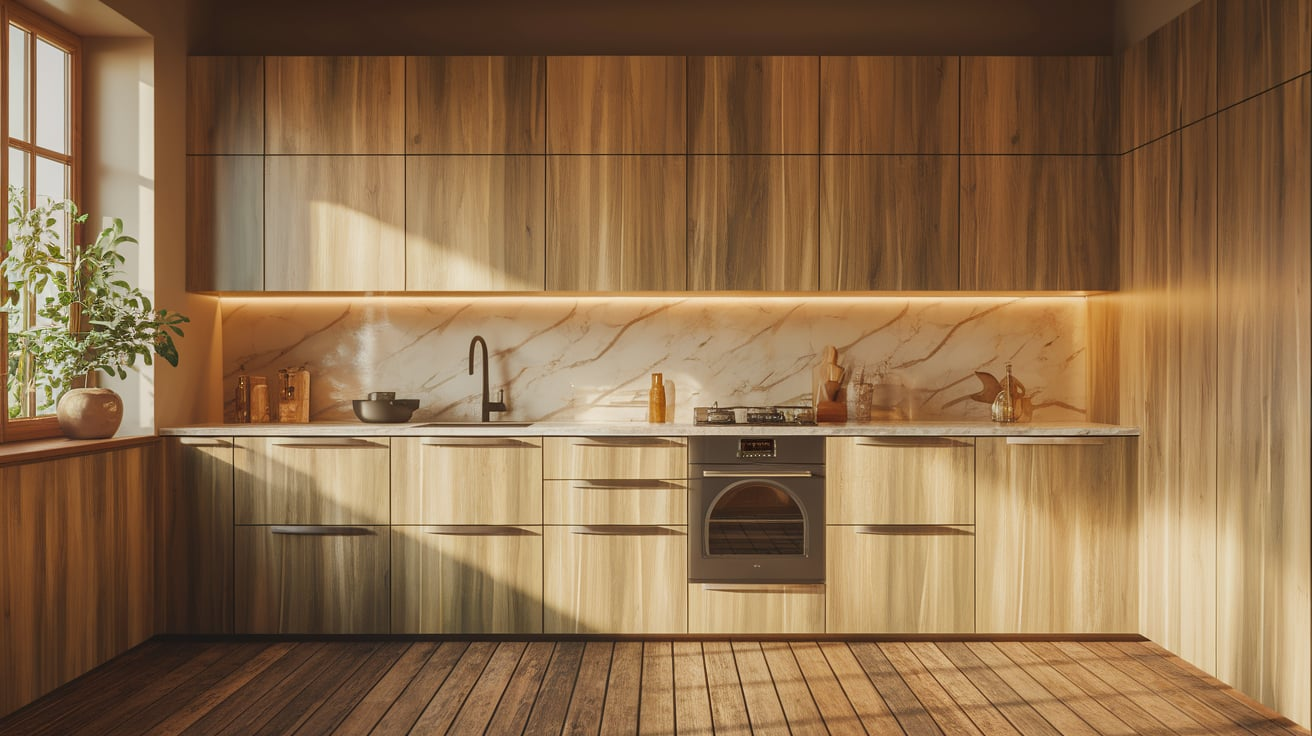
Laminate is a more durable and customizable option, making it suitable for high-traffic areas like kitchens, bathrooms, and commercial spaces.
Its ability to mimic the look of natural materials, like wood or stone, while being low-maintenance, is a significant advantage. Laminate is resistant to moisture and stains, making it ideal for environments with heavy use or potential spills.
It’s a popular choice for cabinetry in both residential and commercial projects, offering longevity, diverse design options, and increased resistance to wear and tear.
Maintenance Requirements for Melamine and Laminate
Understanding proper maintenance is important for maximizing the lifespan of your cabinet investment.
While both melamine and laminate offer relatively low-maintenance solutions compared to natural wood, their specific care requirements differ in important ways that can impact long-term performance.
1. Cleaning Recommendations for Both Materials
Melamine Cabinets
- Daily cleaning requires only a soft cloth dampened with mild soap and water
- Avoid abrasive cleaners, scouring pads, and harsh chemicals that can damage the surface
- Wipe spills immediately to prevent potential moisture penetration at seams and edges
- For stubborn stains, use a small amount of baking soda paste, testing on an unnoticeable area first
Laminate Cabinets
- Clean with mild soap and water using a microfiber cloth to avoid scratching
- Can withstand slightly stronger cleaning solutions for tough stains (but avoid bleach)
- Safe to use specialized laminate cleaners for periodic deep cleaning
- More resistant to moisture damage during cleaning, but still wipe thoroughly dry
2. Long-term Care Differences
Melamine Cabinets
- Requires more vigilant moisture monitoring, especially near sinks and dishwashers
- Cabinet hinges and hardware may need more frequent adjustment, as the lighter material can shift
- Edges require special attention to prevent chipping and moisture infiltration
- Generally shorter lifespan (10-15 years) with proper care
Laminate Cabinets
- More forgiving with moisture exposure, but still requires reasonable care
- Hardware tends to remain stable longer due to a stronger substrate grip
- Better heat resistance near cooking areas requires less vigilance
- Typically lasts 15-20+ years with standard maintenance
3. Common Damage Issues and Solutions
Melamine Cabinets
- Apply matching edge banding or cabinet touch-up markers
- Difficult to repair; may require cabinet replacement if severe
- No effective repair; requires replacement of affected panels
- Requires regular tightening or installation of larger screws/fillers
Laminate Cabinets
- Apply contact cement to reattach if caught early
- Fill small chips with color-matched hard wax filler
- No effective repair; requires panel replacement
- Apply seam sealer to prevent moisture infiltration
4. Refinishing or Repair Possibilities
Melamine Cabinets
- Cannot be sanded or refinished due to the thin surface layer
- Minor touch-ups are possible with specialty markers or paint
- Cabinet refacing (applying a new surface material) is the only significant renovation option
- Often more economical to replace than attempt major repairs
Laminate Cabinets
- Cannot be traditionally refinished, but can sometimes be painted with specialized primers and paints
- Refacing is more successful than with melamine due to a stronger substrate
- Individual doors/drawers can often be replaced without changing the entire cabinet system
- Professional restoration services can extend life by several years in some cases
Cost Difference Between Melamine vs Laminate
| Aspect | Melamine | Laminate |
|---|---|---|
| Material Cost | Generally cheaper, budget-friendly for most projects | More expensive due to complex manufacturing and custom finishes |
| Production | Simple process, lower cost; resin-impregnated paper on board | Multi-layer, high-pressure process; higher cost |
| Durability | Durable for light to moderate use; less resilient than laminate | Highly durable, ideal for heavy-use and high-traffic areas |
| Best Use | Cabinets, shelves, and low-impact furniture | Countertops, work surfaces, and high-impact furniture |
| Design Options | Good variety, but fewer high-end finishes | Wider range, can mimic wood/stone with premium finishes |
- Melamine is more affordable and suitable for budget-conscious or low-impact applications.
- Laminate costs more but offers superior durability and design versatility, making it ideal for demanding or decorative surfaces.
Which One to Choose
Neither melamine nor laminate is universally superior. Laminate offers better moisture resistance, durability, and a longer lifespan, as well as a wider design variety, justifying its 15-25% higher cost for busy households or those in humid environments.
Melamine offers excellent value with a clean look, ideal for moderate-use kitchens and budget-friendly renovations. The best choice depends on your specific circumstances, like your budget, kitchen usage, local climate, and long-term plans.
Quality construction often matters as much as material choice, so select a reputable manufacturer regardless of which option you choose.
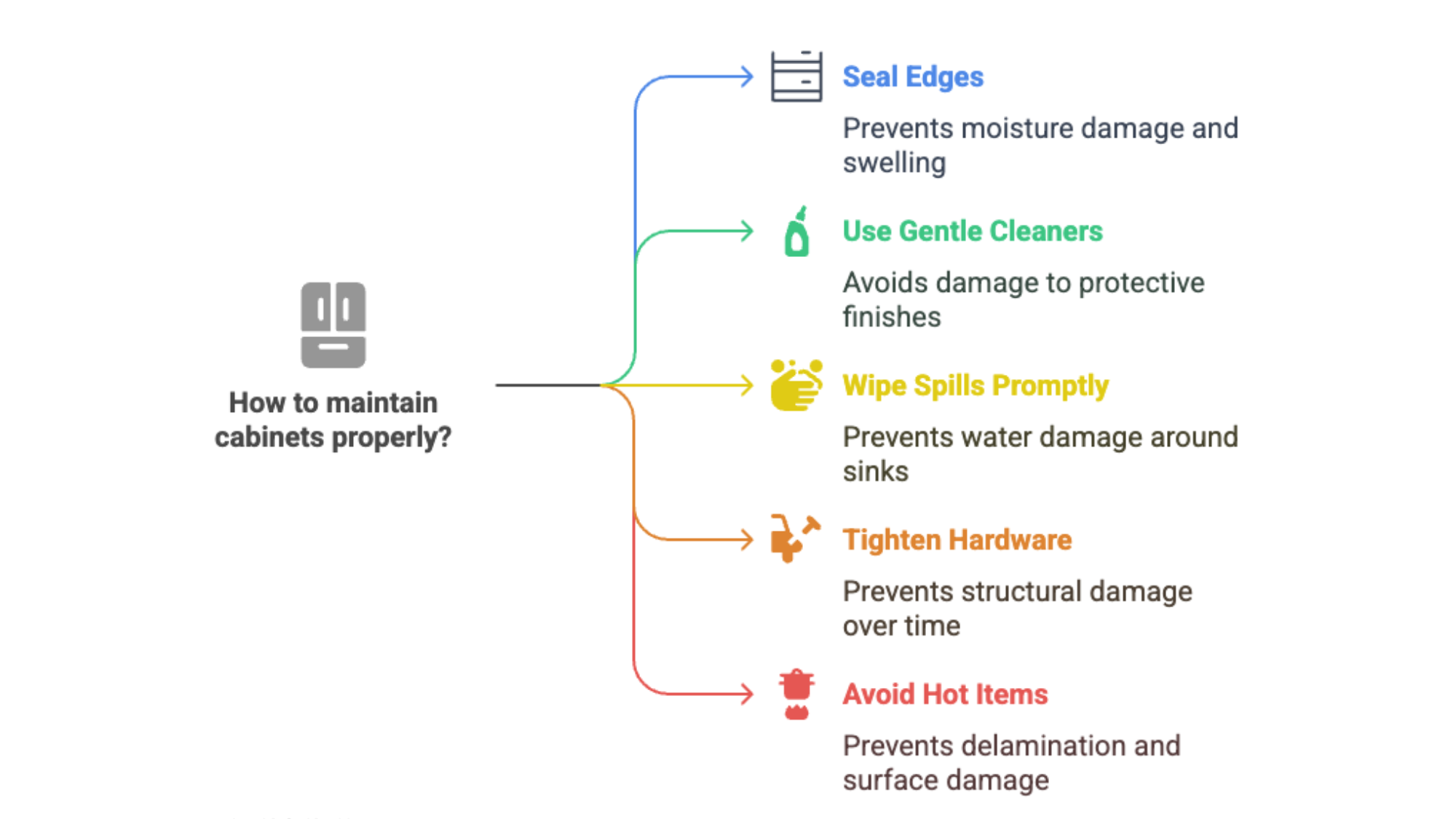
Wrapping it Up
Both melamine and laminate have their strengths. Melamine is ideal for budget-conscious renovations in drier environments, while laminate offers improved durability and moisture resistance for busy, high-traffic kitchens.
The best choice ultimately depends on how your kitchen functions on a day-to-day basis and what design features are most important to you. Remember, well-built cabinetry with high-quality hardware can make all the difference, regardless of the surface material.
Still deciding? Talk to a cabinetry expert to explore your options and find the perfect match for your home and lifestyle.

